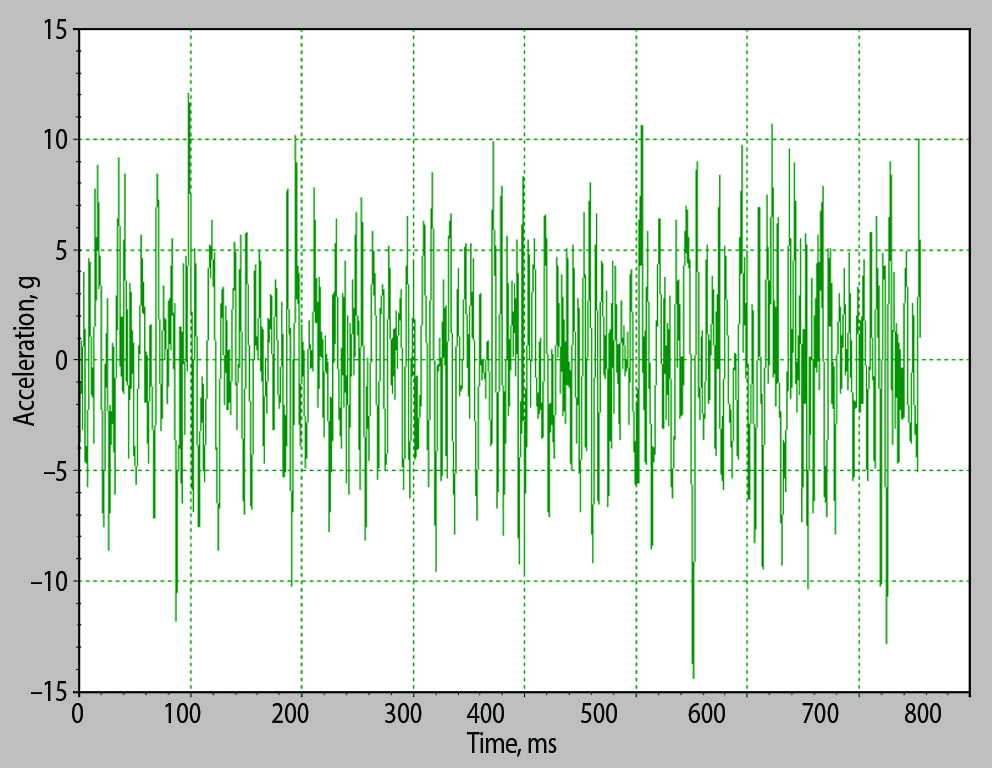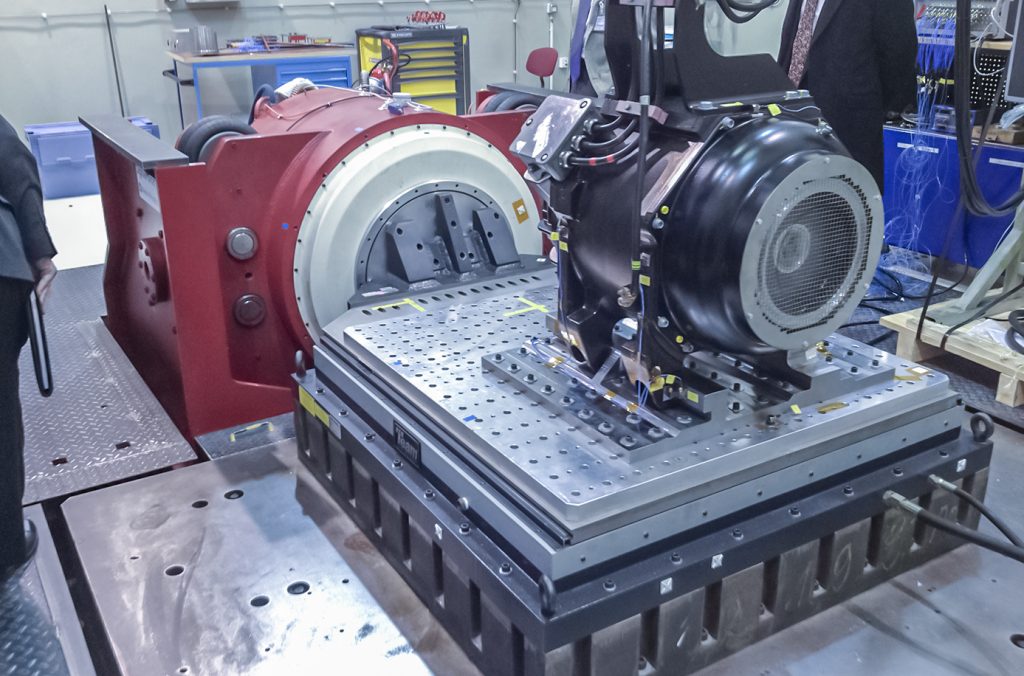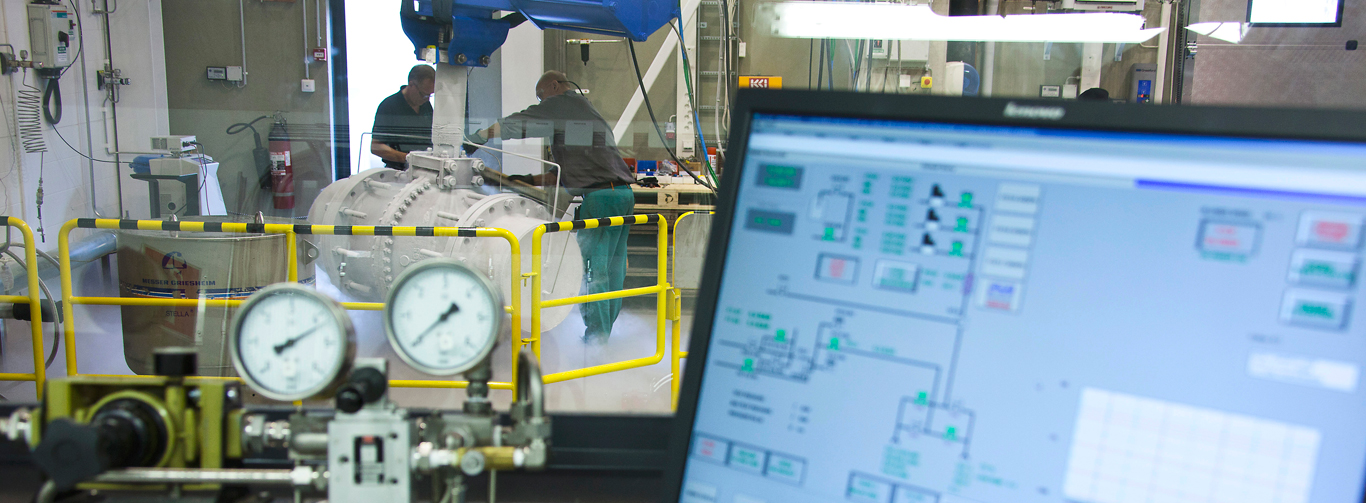Testing the limits of modern engineering is a critical part of ensuring product excellence. With advancements in vibration testing equipment, engineers and manufacturers can now have greater confidence that their products will meet rigorous standards.
As a result, vibration testing has become an essential component of the quality assurance process for countless industries across the world. In this article we explore how vibration testing helps to ensure product excellence by examining its capabilities and limitations.
We also look at some of the challenges faced when using such equipment and discuss best practices for successful testing outcomes. Join us as we delve deeper into understanding what makes vibration testing an invaluable tool in today’s manufacturing sector.
Understanding Vibration Testing Equipment

Understanding vibration testing equipment is essential for ensuring product excellence. This type of testing requires specialized instruments to accurately measure the physics behind vibration, which can include frequency, amplitude, displacement, and acceleration.
By using these measurements in combination with sophisticated algorithms, engineers can determine how a product will react to various types of vibrations before it is released into the market.
To do this effectively requires an understanding of the different components that make up a typical vibration test system – including transducers, actuators, controllers, and software – as well as their respective roles in providing reliable results. Additionally, one must be able to interpret data from each component correctly for an accurate analysis of the overall result.
Beyond simply measuring vibrations though; proper implementation also takes expertise in analyzing potential design flaws or identifying potential failure points that could lead to catastrophic accidents further down the line if not addressed properly during manufacturing.
Benefits of Using Vibration Testing Equipment

Using vibration testing equipment to test the limits of a product is essential for ensuring excellence in design and performance. Vibration testing helps identify any potential faults or weaknesses in components, allowing manufacturers to make swift corrections before releasing their products into the market.
This method ensures that only reliable items are available for purchase by customers. There are many advantages associated with using vibration testing equipment, including:
- Increased Durability – The vibrations produced by these devices simulate real-world conditions which can be used as an indicator of how well a product will perform under normal use. By running this type of test, manufacturers can ensure that their products can withstand both short-term and long-term usage without becoming damaged or failing prematurely.
- Cost Savings – Testing equipment can help reduce overall production costs by eliminating unnecessary repairs or replacements due to faulty designs or components. In addition, when it comes to mass-producing items en masse, vibration testing allows companies to quickly identify any issues that may arise during large-scale production runs rather than waiting until after they have been manufactured and sold on the market.
- Improved Quality Control – Through vibration testing, manufacturers gain valuable insights about their products’ structural integrity which allows them to take corrective action if needed before those parts enter circulation in stores around the world. This increased level of quality control reduces customer dissatisfaction while promoting customer confidence in your brand’s offerings over time.
Vibration testing equipment offers numerous benefits when it comes to ensuring product excellence throughout its entire lifecycle from concept through delivery and beyond
Challenges of Working With Vibration Testing Equipment

When it comes to vibration testing equipment, several challenges must be overcome to ensure product excellence. Whether the application is for automotive parts or consumer electronics, ensuring the precision and accuracy of data measurements can be difficult.
For example, oscillatory motion can cause a variety of readings depending on how the test is being conducted. Furthermore, because this type of testing often requires extreme conditions such as high temperatures or heavy loads, components may not survive long enough for a valid reading to take place.
As such, careful consideration needs to be given when working with vibration testing equipment to avoid costly errors. Additionally, operators need to have an understanding of mechanical engineering principles to properly set up their tests and interpret results accurately.
This requires specialized training that not all personnel may possess which further adds complexity and cost considerations when using this type of technology. Finally, reproducibility between different machines and locations must also be taken into account to produce reliable results across multiple platforms.
All these factors make working with vibration testing equipment both challenging and rewarding if done correctly by experienced professionals
Conclusion
The use of Vibration Testing Equipment is essential for ensuring product excellence. This equipment helps to test products under a range of conditions, such as vibrations and other physical stresses.
Through this testing, manufacturers can ensure the quality and durability of their products before they reach consumers. Vibration Testing Equipment offers invaluable insight into how products will perform in real-world applications, allowing companies to make informed decisions about their production process and provide customers with high-quality goods that exceed expectations.

